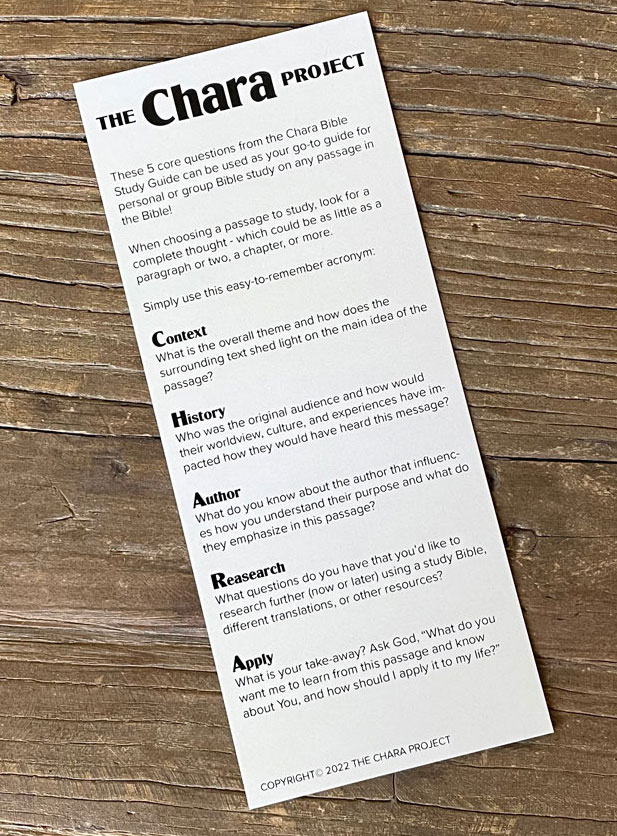The Emmaus Disciples
“Now that same day two of them were on their way to a village called Emmaus, which was about seven miles from Jerusalem. Together they were discussing everything that had taken place. And while they were discussing and arguing, Jesus himself came near and began to walk along with them. But they were prevented from recognizing him. Then he asked them, “What is this dispute that you’re having with each other as you are walking?” And they stopped walking and looked discouraged.
The one named Cleopas answered him, “Are you the only visitor in Jerusalem who doesn’t know the things that happened there in these days?” “What things?” he asked them.
So they said to him, “The things concerning Jesus of Nazareth, who was a prophet powerful in action and speech before God and all the people, and how our chief priests and leaders handed him over to be sentenced to death, and they crucified him. But we were hoping that he was the one who was about to redeem Israel. Besides all this, it’s the third day since these things happened. Moreover, some women from our group astounded us. They arrived early at the tomb, and when they didn’t find his body, they came and reported that they had seen a vision of angels who said he was alive. Some of those who were with us went to the tomb and found it just as the women had said, but they didn’t see him.”
He said to them, “How foolish you are, and how slow to believe all that the prophets have spoken! Wasn’t it necessary for the Messiah to suffer these things and enter into his glory?” Then beginning with Moses and all the Prophets, he interpreted for them the things concerning himself in all the Scriptures.
They came near the village where they were going, and he gave the impression that he was going farther. But they urged him, “Stay with us, because it’s almost evening, and now the day is almost over.” So he went in to stay with them.
It was as he reclined at the table with them that he took the bread, blessed and broke it, and gave it to them. Then their eyes were opened, and they recognized him, but he disappeared from their sight. They said to each other, “Weren’t our hearts burning within us while he was talking with us on the road and explaining the Scriptures to us?” That very hour they got up and returned to Jerusalem. They found the Eleven and those with them gathered together, who said, “The Lord has truly been raised and has appeared to Simon!” Then they began to describe what had happened on the road and how he was made known to them in the breaking of the bread.” (Luke 24:13-35, CSB)
HISTORY
WHEN/WHERE: When did the events take place and when was it written? What was going on in history at that time? Where does the narrative take place and where was it written? What can you learn about their town and travel?
3 days after Jesus was crucified, on the road to Emmaus.
WHO: Who was it written to and who was it written about? How does the Bible describe them?
Two disciples, one named Cleopas, were discouraged and arguing about what had happened. They didn’t recognize Jesus when He walked alongside them.
HOW: How would the original audience have heard this message? How does this fit into the big story of the Bible?
Their hearts were burning within them when Jesus explained Scripture, and once they discovered Jesus was alive they immediately walked the 7 mile journey back to Jerusalem to tell the other disciples!
WHAT: What worldview, cultural, religious, political factors and experiences were a part of their world and how did that influence them?
Jews living under Roman rule wanted a conquering King to free them. They were disappointed when Jesus didn’t “redeem Israel” as they had hoped (vs 21).
RESEARCH
RESOURCES: What insights do you learn from Biblical scholars provided in Study Bibles, commentaries, and credible online resources?
Jews were looking for a Messiah to rescue them from their enemies, not redeem them from sin (found in a Study Bible).
AUTHOR
PERSON/PURPOSE: Who was the author and how did their experiences influence what they communicated? What was the author’s purpose, why was it written, and what insight does it provide into the passage?
Luke was a Gentile doctor who set out to carefully investigate and record all that had happened (Luke 1:3) – chp 24 concludes his findings.
STRUCTURE: What is emphasized by: 1) the amount of space devoted to a subject (person, theme, or circumstance), 2) the order of events, ideas, people, etc., or, 3) how the book is structured (e.g. chronological, biographical, ideological)?
Three times in chp 24 Jesus’ disciples learned that He was alive and it was necessary for the Messiah to be crucified and rise from the dead to fulfill Jesus’ claims, and to fulfill the Old Testament (vs. 6-7, 25-27, 44-46).
RELATED TEXT: What is revealed through 1) Questions and Answers, 2) Compare and Contrast, 3) Cause and Effect?
Jesus asked questions and let them discover for themselves who He was…. by explaining Scripture and breaking bread with them!
CONTEXT
BIBLE: Does my interpretation hold true throughout the rest of the Bible?
Jesus revealed that “Moses and all the Prophets” (the entire Old Testament) points to Him (vs 27)!
APPLY
PRAY: “Lord, what do you want me to learn and how should I apply this to my life?”
“Jesus, help me to recognize you. Reveal your purpose to me in the Bible so that I’m not lost and discouraged when things don’t go as I expect.”



